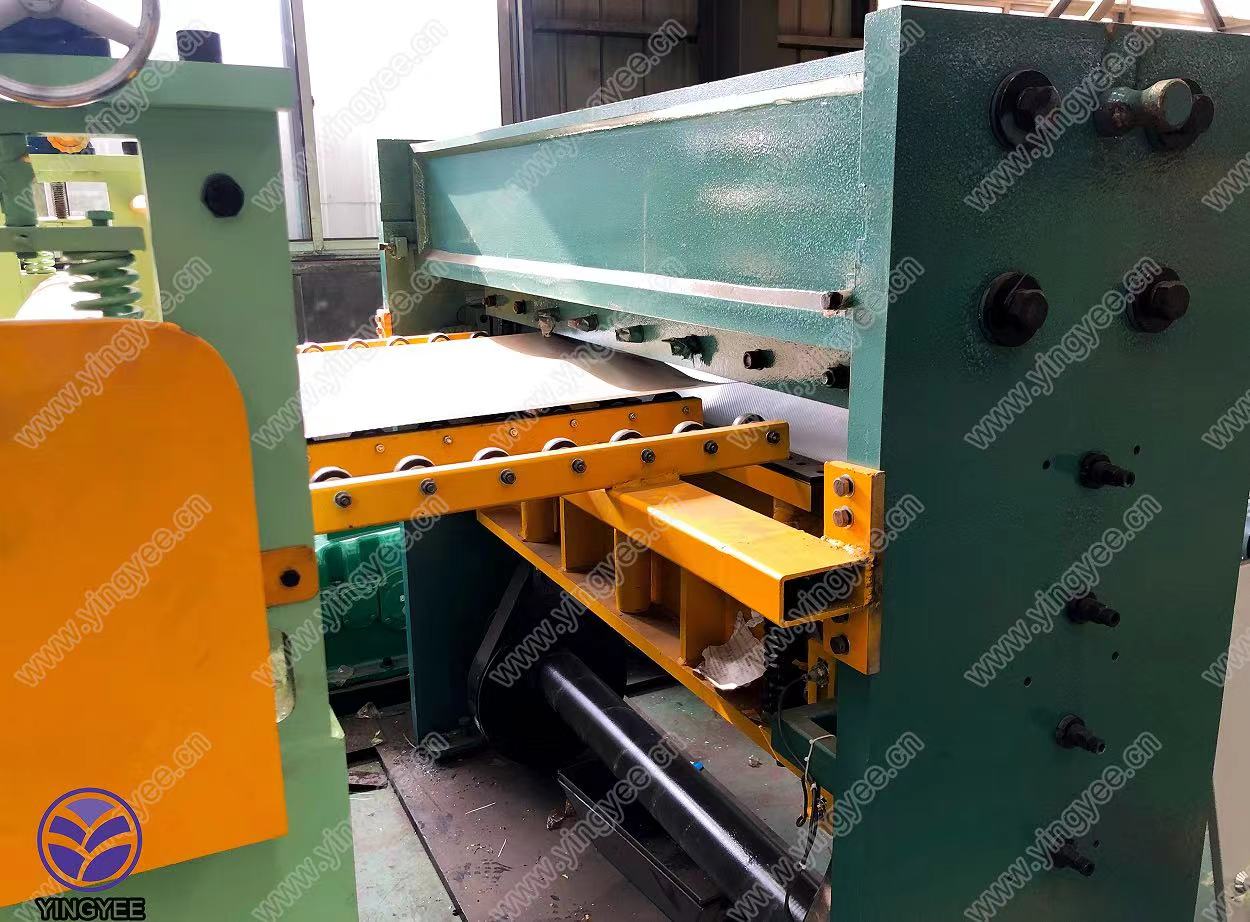
Understanding Carbon Steel Slitting Lines A Comprehensive Overview
Carbon steel slitting lines are crucial pieces of equipment in the metal processing industry. They are specifically designed to convert wide coils of steel into narrower strips, accommodating various requirements for different industrial applications. This article explores what carbon steel slitting lines are, how they function, and their significance in metal fabrication processes.
What is a Carbon Steel Slitting Line?
A carbon steel slitting line is a specialized machine designed to cut wide rolls of carbon steel into narrower strips of varying widths. Carbon steel, known for its strength and versatility, is widely used in various applications, including automotive parts, construction, and industrial machinery. The slitting process involves uncoiling a large master coil, passing it through a series of cutting blades, and then recoiling the newly cut strips into smaller coils.
The Process of Slitting
The slitting process can be divided into several key stages
1. Uncoiling The process begins with the uncoiling of a large steel coil. The master coil is typically loaded onto an uncoiler, which unwinds the material smoothly, ensuring that it does not deform during the process.
2. Guiding After uncoiling, the steel strip needs to be guided accurately into the slitting section. This is achieved through the use of guiding rolls that help keep the strip aligned as it moves through the cutting blades.
3. Slitting The heart of the slitting line is the slitting section, where rotary knives, positioned at specific intervals, cut the strip into desired widths. The knives are typically made of high-speed steel or other durable materials, ensuring clean cuts and a long lifespan.
4. Recoiling Once the slitting process is complete, the narrower strips are then recoiled into coils of smaller diameter. These coils can be of various widths and thicknesses, depending on the specific requirements of customers.

5. Finishing Finally, various finishing processes may be applied, such as edge trimming, which removes burrs and imperfections from the edges of the strips. This ensures that the final product meets industry standards and customer specifications.
Importance of Carbon Steel Slitting Lines
Carbon steel slitting lines play a significant role in the manufacturing and distribution of steel products. Here are a few reasons why they are important
1. Customization Slitting lines provide manufacturers with the ability to customize steel strips to meet specific requirements. Different industries may require strips of different widths and thicknesses, and slitting lines facilitate this customization efficiently.
2. Efficiency Automating the slitting process saves time and labor costs. Modern slitting lines are equipped with advanced technology that allows for quick setup, precise cuts, and minimal waste. This efficiency is crucial in a competitive market where reducing production costs is essential.
3. Quality Assurance Advanced slitting lines are designed with features that ensure high-quality cuts and maintain the integrity of the steel during the process. This attention to quality is vital for industries that require precise dimensions and specific properties in their steel products.
4. Versatility Carbon steel slitting lines can process a variety of steel grades and thicknesses, making them versatile tools for producers. This flexibility allows manufacturers to cater to a wider market and meet diverse customer needs.
5. Sustainability The slitting process contributes to resource efficiency by minimizing scrap and optimizing material utilization. With rising awareness of environmental concerns, resource-efficient practices are increasingly essential.
Conclusion
In summary, carbon steel slitting lines are indispensable in the steel processing industry. They not only enhance the efficiency and quality of steel production but also provide the flexibility needed to adapt to the dynamic requirements of different markets. As technology advances, the processes associated with slitting lines are becoming even more sophisticated, paving the way for enhanced productivity and sustainability in the industry. Understanding the significance and operation of these lines allows businesses to leverage their capabilities, ultimately leading to better products and enhanced customer satisfaction.